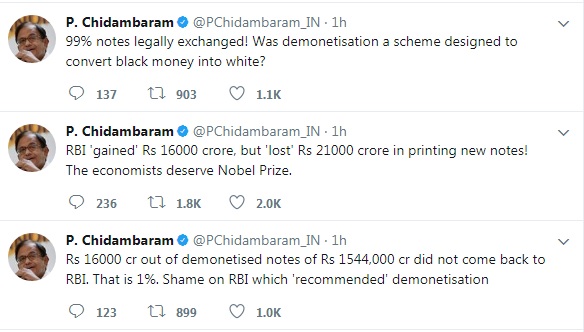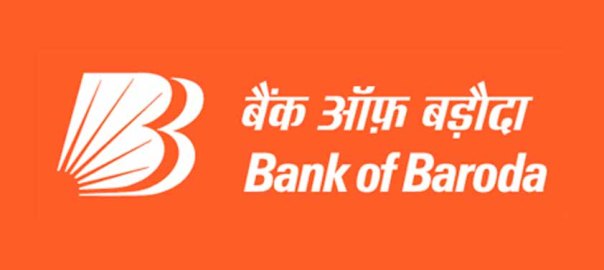An architecture has emerged for the Government to tackle the massive bad loan problem of state-owned banks. There is now a Banks Board Bureau to pick new top managers for banks and act as a buffer between banks and the Government to ensure proper governance.
There is also an insolvency and bankruptcy code which is a single legal window, so to speak, to speed up the process for resolution of bad debts. Though these measure will take time to show results, they can be termed the good part of the architecture.
The indifferent part is the Government empowering itself to ask the RBI to direct banks to initiate proceedings under the code and also form committees to give banks directions in this regard.
Since bank managements will move slowly on their own to resolve bad debts for fear of future scrutiny, this move makes sense but it also lays the ground for the government to pick and choose between bad debts and the promoters behind them. So this can be termed the indifferent part of the architecture.
Merging concerns
But where the Government is going conspicuously slow is in recapitalising public sector banks whose net worth is severely eroded. Witness the minuscule ₹10,000 crore provided for this in the latest budget when the NPA load goes into lakhs of crores.
Instead, it has decided to move forward with the merger of banks, reducing their total number by almost half to around a dozen. For this the government has approved a mechanism which will both oversee and speed up things. This is the bad part of the architecture.
Mergers are being touted as the way to have only big strong banks which will then have enough depth in their balance sheets to take care of future provisioning needs and also keep lending big to achieve rapid economic growth. But by simply merging a weak bank with a strong bank you will merely create a bigger bank which will be weaker than what it was in its earlier avatar.
We need go no further than to look at the immediate fallout of the merger of five associate banks of the State Bank of India with itself. The associate banks made a loss of ₹5,792 crore for the March quarter of 2016-17 and ₹10,243 crore for the entire year.
This resulted in the consolidated net profit of SBI going down to a mere ₹241 crore when the stand alone net profit was ₹10,484 crore. The consolidated net profit will be a fraction of the outgo on account of dividend. Hence dividend, which props up the government’s fisc, will have to be paid out of reserves.
The shock delivered by these number caused the SBI share to tank by 4.6 per cent. Finance minister Arun Jaitley had earlier expressed confidence that the merger would make the bank a global player!
Systemic risks
In fact, the experience since the financial crisis of 2008 suggests that governments should have on their hands as small a number of entities as possible which are too big to fail as they are systemically important.
This puts the responsibility over them ultimately in the hands of the regulator whose job it is to ensure systemic stability.
On the other hand, it is small banks with strong local roots which lend to small and medium enterprises with good knowledge of the world they operate in that have a lot going for themselves.
Through the small units and startups they fund, smaller banks are the creators of jobs and wealth. In fact, in today’s world of banking, it is the small that is beautiful because they have their feet firmly planted in the ground and are thereby robust on their own terms.
Merging banks so as not to have to recapitalise them in a big way will merely postpone the need to adopt a real solution and probably make things worse when it will not be possible to hide any more behind stopgap measures.
The contrast between mergers based on the basis of felt commercial needs as opposed to simply doing so in order to show that one is doing something is illustrated by the two stages which the State Bank of India group has gone through. Earlier an associate bank was merged with the parent when it was considered to be weak.
This led to the merger of State Bank of Bikaner and Jaipur and State Bank of Indore with the parent. But the subsequent merger of the five remaining associate banks is a blanket action which is justified only on the ground that it is better to have fewer state owned banks than more. It is no wonder that post the mass merger, the merged entity is seen to be weaker than its earlier stand alone self.
Professional management
If merger, per se, is not a solution then what is? Obviously, given the present dead weight of non-performing large corporate loans, there is a future for public sector banks only if they are run by professional managers who can take a view on a project and other risks at stake before making a commitment. On the other hand, what had happened was politically directed lending for projects whose costs had sometimes been gold plated (overstated) and with inadequate assessment and coverage of the risks at stake.
Crony capitalism and public sector bank bad debts are two sides of the same coin. Once the top managers chosen by the Banks Board Bureau settle down and start changing the managerial culture, professionalism can emerge in an ambience of improved governance.
But that can happen without mergers! The right policy now would have been to simply continue chasing bad debts armed with the powers conferred by the bankruptcy and insolvency code and not engage in forced mergers. These are as dubious as forced marriages.






